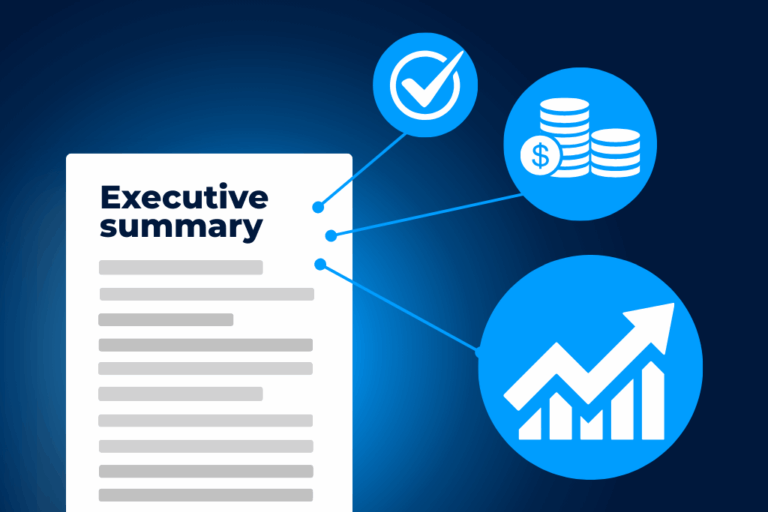Operating Partners in private equity have evolved into strategic orchestrators, especially post-deal, where legal oversight is now a crucial part of their role. Legal visibility across portfolio companies is essential to mitigate risks, accelerate decision-making, and ensure smoother exits.
Key Insights
- Fragmented legal systems create serious compliance risks.
- Legal benchmarking is difficult without standardized access.
- Centralized legal data enables faster, better interventions.
- LegalTech tools help Operating Partners move from reactive to proactive.
Operating Partners have become the engine of post-deal value creation in private equity. Their role has evolved to one of the orchestrator, the one ensuring portfolio companies meet goals and scale properly. Despite the very operational side of the job, the key differentiator lies in the legal scrutiny they apply internally. Indeed, when legal oversight is fragmented, risks multiply as they hide in plain sight.
For many private equity firms, legal governance is siloed within each portfolio company. This should ring alarms, since inconsistent standards and unlinked systems can only lead to one thing: chaos. As a result, Operating Partners lack the visibility they need to make informed, strategic decisions. In this article we’ll explore their role in legal oversight, and how filling those gaps can make all the difference.
The Role of the Operating Partner in a Nutshell
The Operating Partner role has rapidly evolved into a strategic cornerstone within private equity firms, particularly in Europe. Originally developed in the U.S. post-2008 financial crisis to secure operational performance across portfolio companies, the position has seen exponential growth.
For instance, in France alone, the number of Operating Partners more than doubled between 2022 and 2023, according to France Invest and Deloitte. These are often senior experts, former executives or high level consultants, that guide portfolio companies through phases of deleveraging, transition and growth.
The Legal Component
Today, they’re not only expected to drive EBITDA growth, but also work hand in hand with portfolio companies through an increasingly complex legal and regulatory environment. This means legal governance is now a critical part of the operational playbook. Key drivers include:
- Global compliance regimes: From GDPR to DORA to ESG disclosure frameworks, compliance obligations now cross borders and domains.
- Increased LP scrutiny: Institutional investors are demanding greater transparency on governance, legal risk, and compliance posture.
- Exit-readiness as a value metric: Buyers are placing more weight on legal maturity during diligence, making it a differentiator in competitive processes.
Operating Partners who understand and influence legal governance are better positioned to meet these expectations.
Most Common Legal Gaps in Portfolio Operations
Operating Partners have access to financial and commercial data across the portfolio, this is a must. For some reason, they don’t always have the same access to legal information. This makes it difficult to identify risk patterns or compare governance maturity between companies. Common pain points include the following:
Dispersed document management
Having documents scattered all over happens to many organizations, it’s not a particularity for portfolio companies. Nevertheless, documentation is often secret and delicate, with contracts, side letters, and regulatory filings across local systems, there are greater cybersecurity and compliance risks.
Reporting and regulatory delays
The necessary parties can lack the tools or bandwidth. General Counsel and CFOs may not be able to provide timely, standardized updates, resulting in blind spots that only become visible when issues escalate…
Limited benchmarking across the portfolio
How can operating partners compare performance, and maturity with scattered documents and no global visibility? This is a major challenge that can undermine successful growth, and complicate strategic decisions.
These challenges turn legal oversight into a reactive task, chasing down information, resolving compliance gaps late in the game, and responding to avoidable governance surprises.
Why Legal Visibility Matters for Operating Partners
For Operating Partners, legal visibility and governance understanding should be more than a backlog concern. By identifying risky clauses, contractual obligations, regulatory timelines and putting it all together at a larger scale, key initiatives can move faster and result in successful outcomes.
But how can private equity firms enhance their legal visibility? Well, legal centralization is the key. This will enable:
Legal visibility for operating partners is a strategic lever, extending beyond a mere nice-to-have. As a result, operating partners have more information in hand to do an even better job.
What a Legal Source of Truth Enables
Picture a single source of legal truth, all the governance and compliance related information at a glance with data gathered from portfolio companies. Only with a robust tool enabling such clear and centralized visibility can operating partners get the insights they need to move from reactive to proactive. A powerful LegalTech solution should provide at least the following features:
With such capabilities operating partners can focus on performance, legal patterns and think strategy rather than admin first. A well rounded CLM, or Entity Management tool can provide just that.
Strengthening the Operating Partner Role Through LegalTech
Legal governance has moved from the margins to the center of portfolio performance. For Operating Partners, this is both a challenge and an opportunity. The challenge lies in breaking through the legacy silos that keep legal oversight fragmented. The opportunity is to turn legal visibility into a competitive edge, one that accelerates decision-making, reduces risk, and strengthens the entire value chain from deal to exit.
The firms that embrace this shift, and equip their Operating Partners with the right visibility, will be better prepared to navigate an increasingly complex investment environment.


